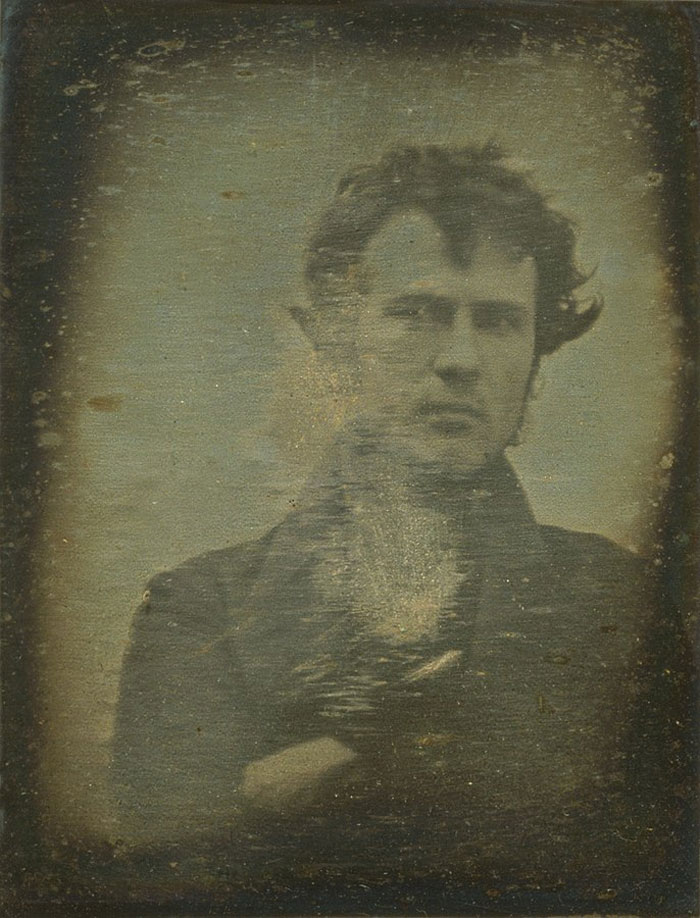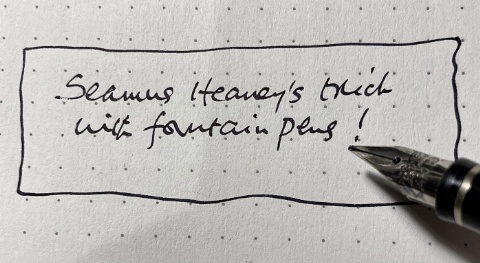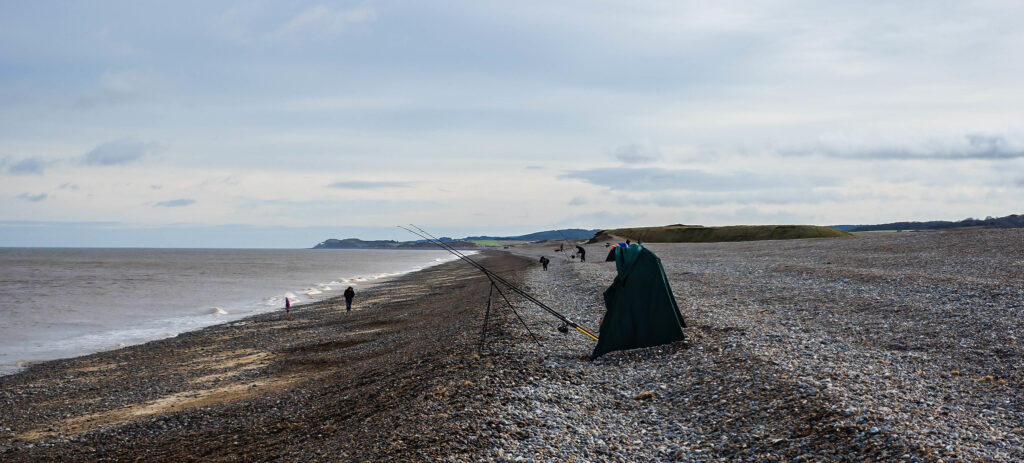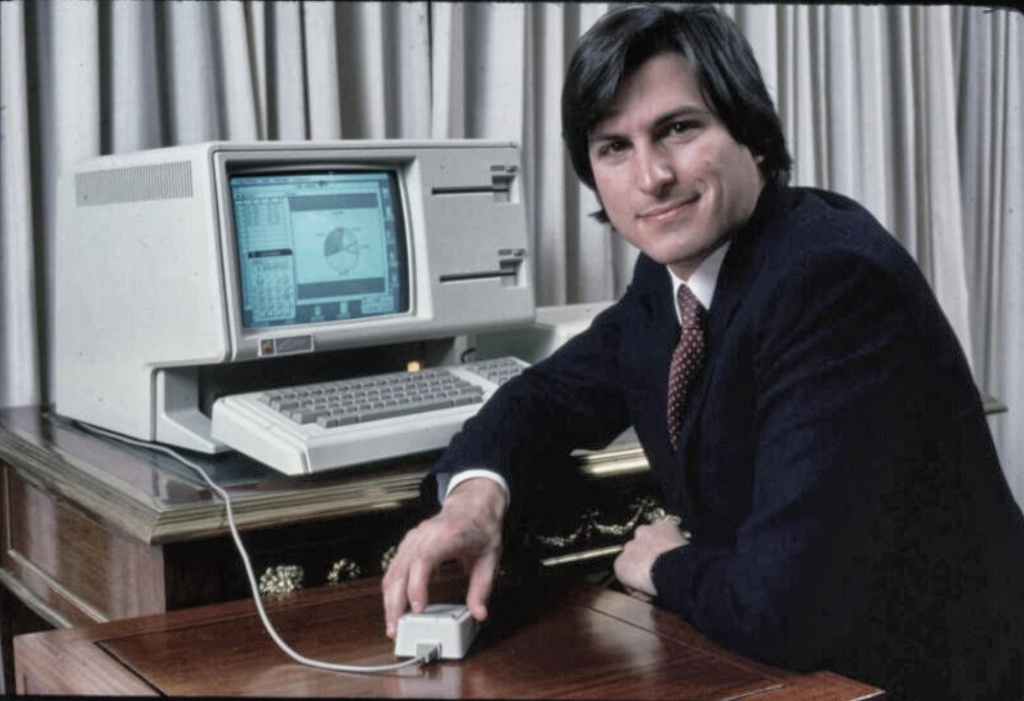Tulip Mania

Seen on our kitchen windowsill the other day.
Quote of the Day
”Climate is what you expect. Weather is what you get.”
- A man from the UK Meteorological Office, quoted by Andrew Martin in the FT weekend edition.
Musical alternative to the morning’s radio news
Sharon Shannon | Blackbird
Link
I’ve always thought she’s terrific, and now find from reading Alan Rickman’s diaries that he thought so too.
Long Read of the Day
The UK is wasting a lot of wind power
Fascinating (and sobering) explanation by Archy de Berker of the dysfunctional way the country’s energy market — and grid planning — works.
Note: It’s a graphics-heavy page and might be slow to load, so be patient.
Last year, the UK generated 30% of its energy from renewables, of which windpower (23% total generation) was by far the biggest contributor.
But on the windiest days, we deliberately capped the amount of power our turbines were producing, reducing the total amount generated by 6%. In fact, it’s worse than that: not only did we turn off our turbines, but we paid the owners of windfarms to turn them off. This is called curtailment.
In 2022, a year characterized by extraordinary hikes in energy prices for consumers, we spent £215m on turning windfarms off, and then another £717m turning on gas power plants to replace the lost wind power. In the process, we emitted an extra 1.5 million tonnes of CO2.
Very good explainer which is worth reading. But it’s also a compelling illustration of difficult long-term energy planning is, especially when you have governments like the ones the UK has been labouring under for over a decade.
Thanks to Charles Arthur for alerting me to it.
How you get fired by Google
As you will doubtless have read, Google has ‘let go’ (e.g. fired) 12,000 people, taking the total number of redundancies in the big tech companies to 200,000 and rising. Jeff Jarvis pointed me to a LinkedIn post by one of them, Bobby Nath, on how he found out he no longer had a job — via his Nest thermostat!
I woke up this morning to our Google Nest Hub in a locked state asking to link my account. I don’t recall ever seeing it in this state before, but it’s an older prototype unit with bugs from time to time, so I didn’t think much of it. When I went to check my work email, I was still in a waking state and couldn’t make sense of why I was getting so many emails asking if I was OK. Scrolling further down, there was a form email from PeopleOps indicating, as you may have surmised by now, that my employment at Google has been terminated.
Skipping straight to the 5th stage of grief (acceptance) — THANK YOU so much to everyone for the outpouring of support (and apologies in advance if I don’t respond immediately). I’m still in shock of course, but am totally OK for the moment, and am grateful for the privilege of being able to feel OK despite the tragic nature of news like this…
There’s an interesting Comment below the post from another Google executive, Guillermo Romano, who also finds that he has been ‘let go’.
It seems it was a numbers game, they kept the people that costs less or have not been promoted or less pay apparently and let go of the people that had either a higher salary or costs more to keep ( for the same job). I know this does not help but gives maybe a little answer to a “why”.
Still, it was good (for them) while it lasted. Part of the reason was the company adapting to a much worse economic downturn than its bosses anticipated (after all, Google had been growing continuously ever since it was founded), and partly because there’s panic over the deterioration of their Search engine and the perceived threat from competitors like ChatGPT.
Funny how everyone in the tech industry is astonished when they discover that the laws of economic gravity eventually apply to them.
How to sell to the youth of today
Nice Leader in The Economist…
Dear boss—You have always tried to attract young and youngish consumers, and our consultants have always come up with new ways to label them. I don’t need to remind you that “millennials” and, increasingly, “Gen Z” are our most important markets. Together they make up a majority of the world’s population and a third of America’s. The trouble is that coming up with rules to define a swathe of humanity is more art than science. It is liable to become an exercise in applying stereotypes; not every youngster is sipping kombucha in a Brooklyn warehouse. Luckily you have me, and I’m here to tell you that much of what is written about marketing to today’s most prized consumers is a myth.
Start with the idea that, glued to smartphones, Gen Z barely notices the physical world and slavishly follows the latest hype from Instagram or TikTok. It’s true that the days of marketing chiefly through television, newspapers and magazines are long gone. Yet social media has not just changed the ways in which people discover brands; it has undermined the power of marketing as a whole. Such is the ease with which digital natives can fact-check our dodgy marketing claims and swipe left on our ads that it is getting harder to build brand loyalty. Online, talk is cheap and prices are readily Googled. Surveys suggest that young Americans are among the most price-sensitive food shoppers. It doesn’t help that they have accumulated less wealth than earlier generations had by the same age.
There is a similar temptation to think that physical shops no longer matter…
It goes on like this. Uncomfortable reading for many senior marketing executives, I’d say.
Mastodon: restoring the lost art of online conversation?
Yesterday’s Observer column:
What I loved about Twitter at the beginning was that it enabled you to plug into the thought streams of people you liked or admired. Like all good things, though, that came to an end when the platform embarked on the algorithmic curation of users’ feeds to increase “engagement” (and, it hoped, profits). And from then on, it became increasingly tiresome, though I kept my account. But when it became clear that Elon Musk was going to buy the platform – and wreak havoc – I decided to explore possible alternatives.
Like many other people, my gaze alighted on Mastodon as a possible refuge from the Musk-induced madness. After all, it offered its users the same kind of microblogging facilities. But there the similarities ended. Twitter is a single site. Mastodon, in contrast, is a protocol – “a system of rules for spinning up your own social network that can also interact with any other following the same code”. So whereas Twitter is a universe, Mastodon is what has come to be called a “fediverse” – that is, a decentralised network made up of a large number of semi-independent nodes, or as one observer put it: “A distributed network of Twitter-like services.”
That sounds intimidating, but in reality, it’s relatively straightforward…
Do read the whole piece.
My commonplace booklet
The first Selfie

… Well, in photographic form anyway, since artists have been doing self-portraits for aeons. It comes from 42 Photos That Are Authentic Milestones In The History Of Photography, a cheery and interesting list.
According to the accompanying blurb for this picture,
The very first portrait photograph was actually a selfie! In 1839, Robert Cornelius, a photographer from Philadelphia, had the patience and determination to sit still for 15 minutes, the time needed for a daguerreotype. This resulted in the first clear photograph of a person, the first portrait, and the first ever selfie, all at once.
Thanks to Quentin (himself an accomplished photographer) for the link.
This Blog is also available as a daily email. If you think that might suit you better, why not subscribe? One email a day, Monday through Friday, delivered to your inbox. It’s free, and you can always unsubscribe if you conclude your inbox is full enough already!


















